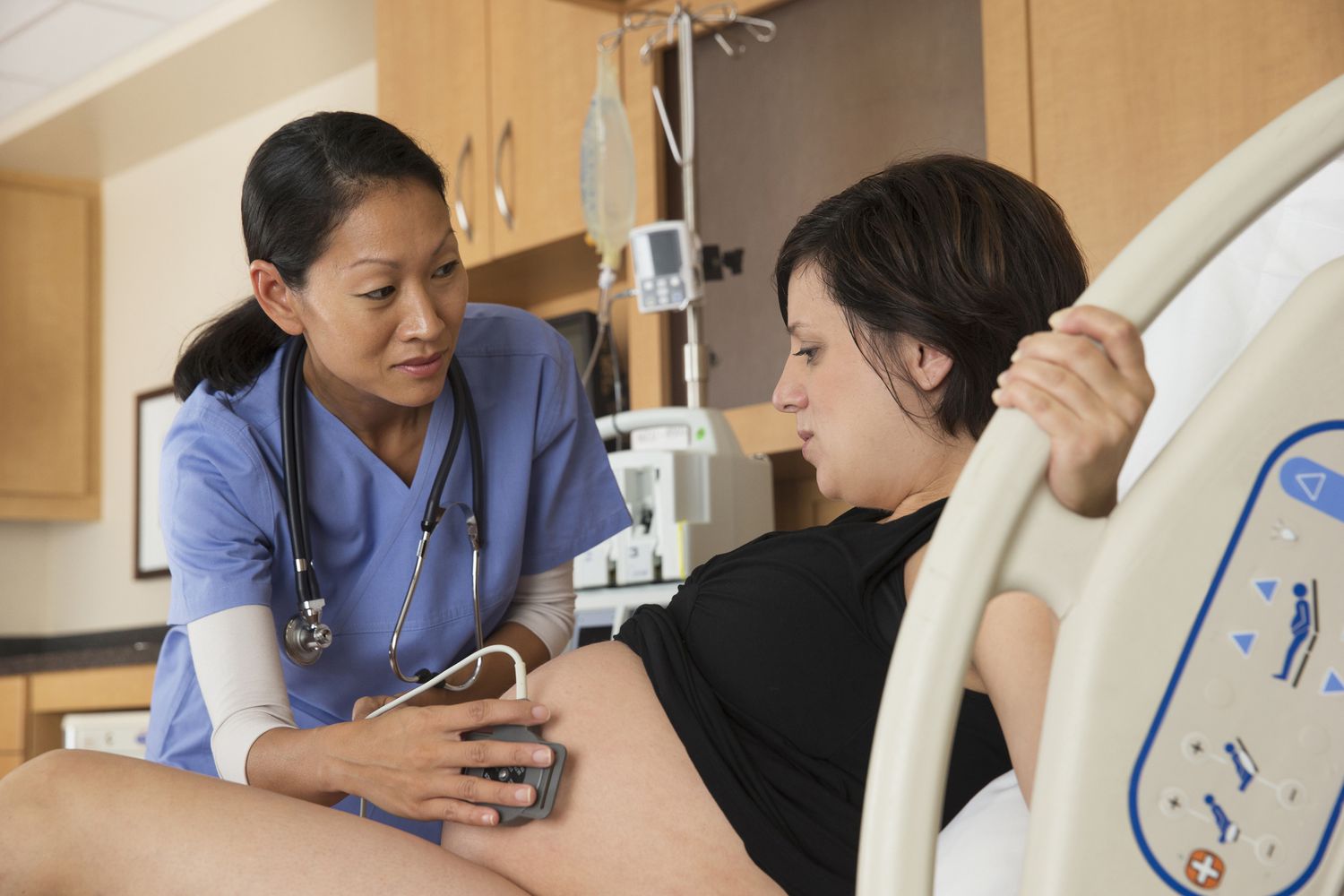Labor is the process by which a woman’s body prepares for the birth of her baby. It is a complex and dynamic process that can be both exciting and nerve-wracking for expectant mothers. Understanding the early signs of labor can help women feel more prepared and confident as they approach delivery.
Early Signs of Labor
The first sign of labor is often the onset of contractions. These contractions are the rhythmic tightening and relaxing of the uterus that help to dilate the cervix and push the baby down through the birth canal. Contractions can feel like a tightening sensation in the lower abdomen or back, and may be accompanied by a feeling of pressure or discomfort.
Another early sign of labor is the loss of the mucus plug. The mucus plug is a thick, jelly-like substance that seals the cervix during pregnancy. As the cervix begins to soften and dilate in preparation for labor, the mucus plug may be dislodged and passed out of the vagina. This can happen several days or even weeks before labor begins, and is often accompanied by a small amount of bleeding.
Another common early sign of labor is the breaking of the water, also known as the rupture of membranes. This occurs when the amniotic sac that surrounds the baby in the uterus ruptures, releasing the amniotic fluid. This is often accompanied by a gush of fluid from the vagina, which can range from a trickle to a steady flow. In some cases, the water may not break until labor has already begun.
Other early signs of labor may include a change in vaginal discharge, such as an increase in mucus or a change in color or consistency. Some women may also experience a change in their bowel movements, such as increased gas or diarrhea, as the body prepares for delivery.
As labor approaches, many women also experience an increase in Braxton Hicks contractions. These are practice contractions that help to prepare the uterus for labor. Braxton Hicks contractions are usually less intense and less regular than true labor contractions, and may be felt as a tightening or discomfort in the lower abdomen.
It is important to note that every pregnancy and labor is different, and not all women will experience all of these early signs of labor. Some women may have no early signs, while others may have several. Additionally, it is important to remember that these signs can also be caused by other conditions, such as preterm labor or a urinary tract infection.
If you suspect that you are in labor, it is important to contact your healthcare provider. They will be able to help you determine if you are in true labor, and provide guidance on when to come to the hospital or birthing center. They can also help to manage any pain or discomfort that you may be experiencing.
In conclusion, labor is a complex and dynamic process that can be both exciting and nerve-wracking for expectant mothers. Understanding the early signs of labor can help women feel more prepared and confident as they approach delivery. The onset of contractions, the loss of the mucus plug, the breaking of the water, change in vaginal discharge, change in bowel movements and Braxton Hicks contractions are the most common early signs of labor. It is important to note that every pregnancy and labor is different, and not all women will experience all of these early signs of labor. If you suspect that you are in labor, it is important to contact your healthcare provider for guidance and management of any pain or discomfort that you may be experiencing.

 Home
Home Health
Health Diet & Nutrition
Diet & Nutrition Living Well
Living Well More
More












